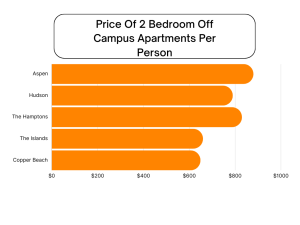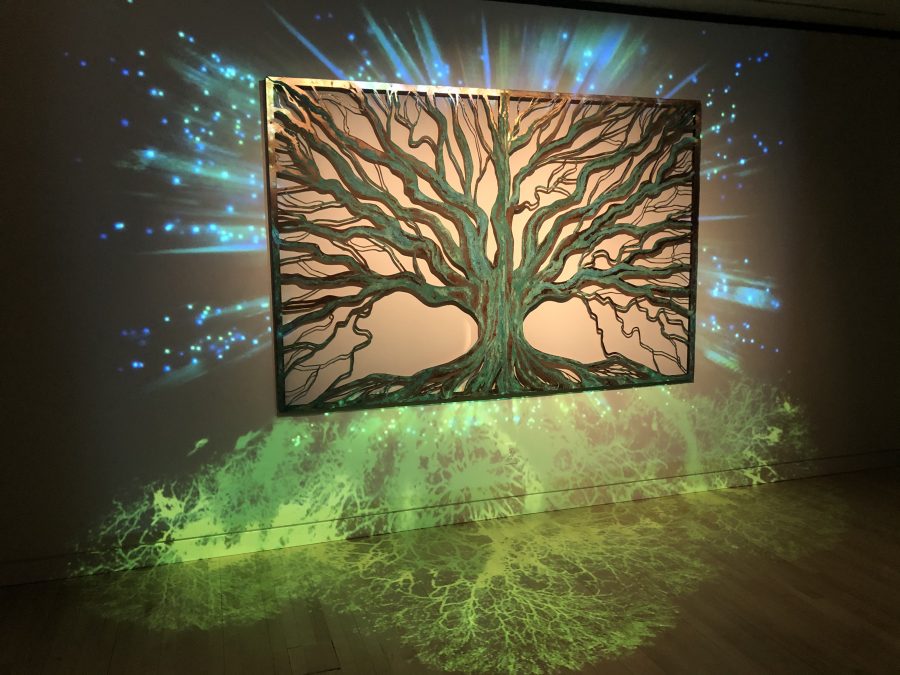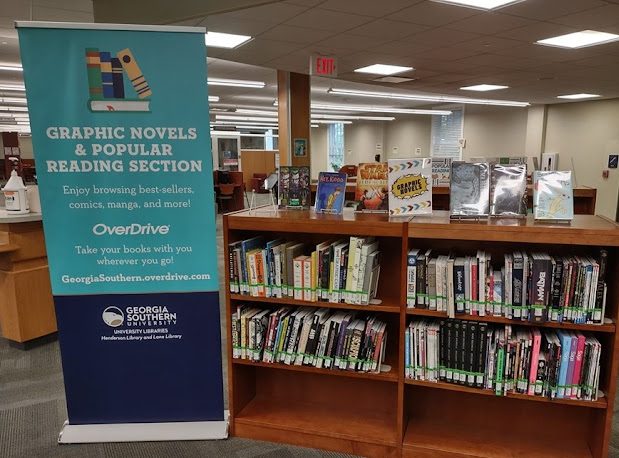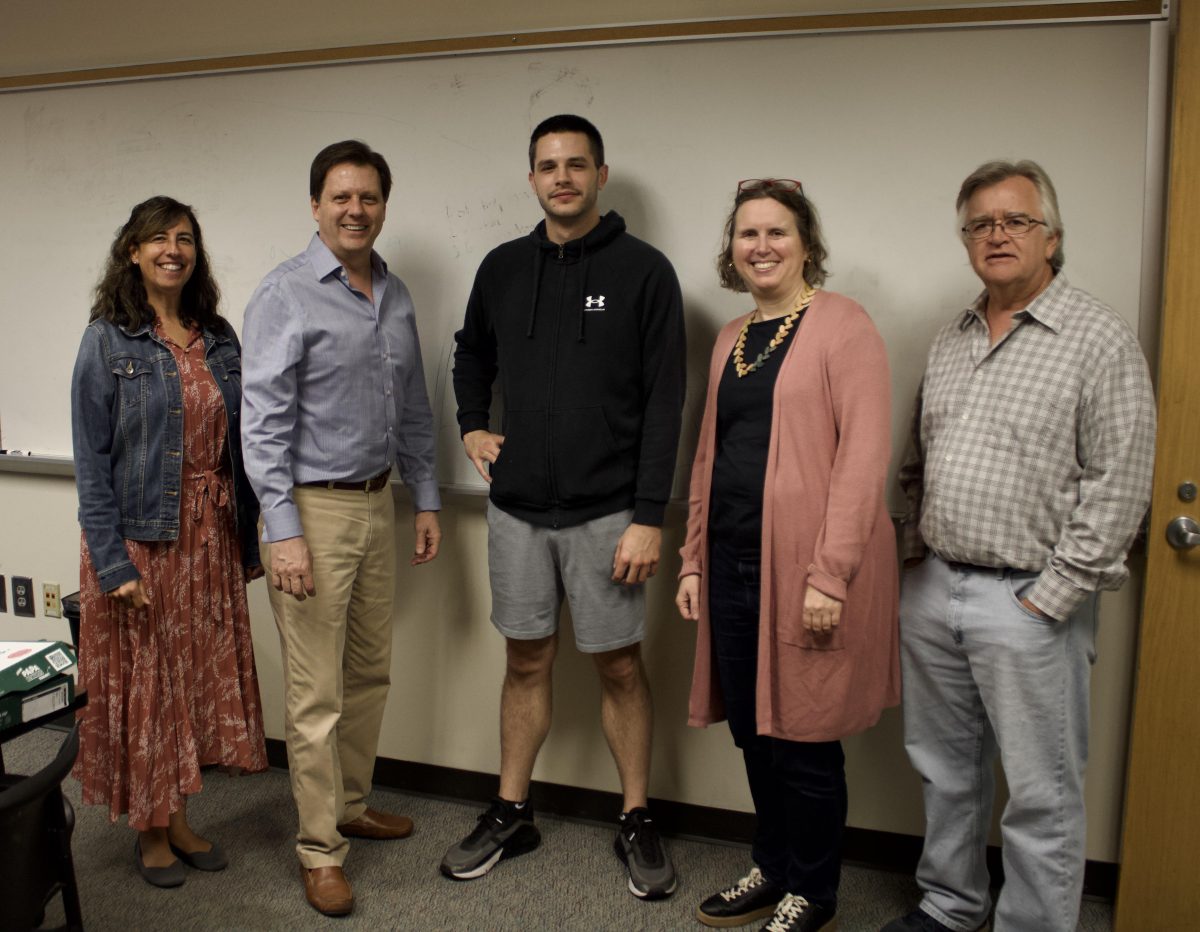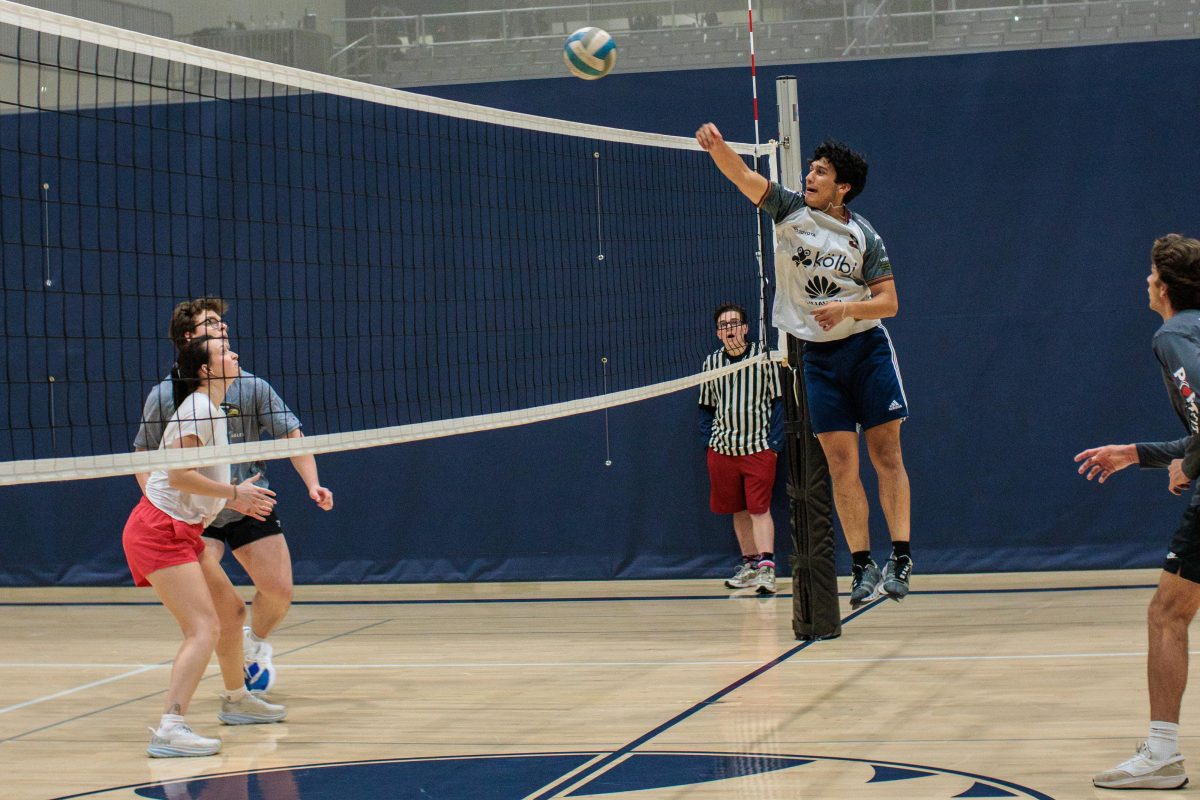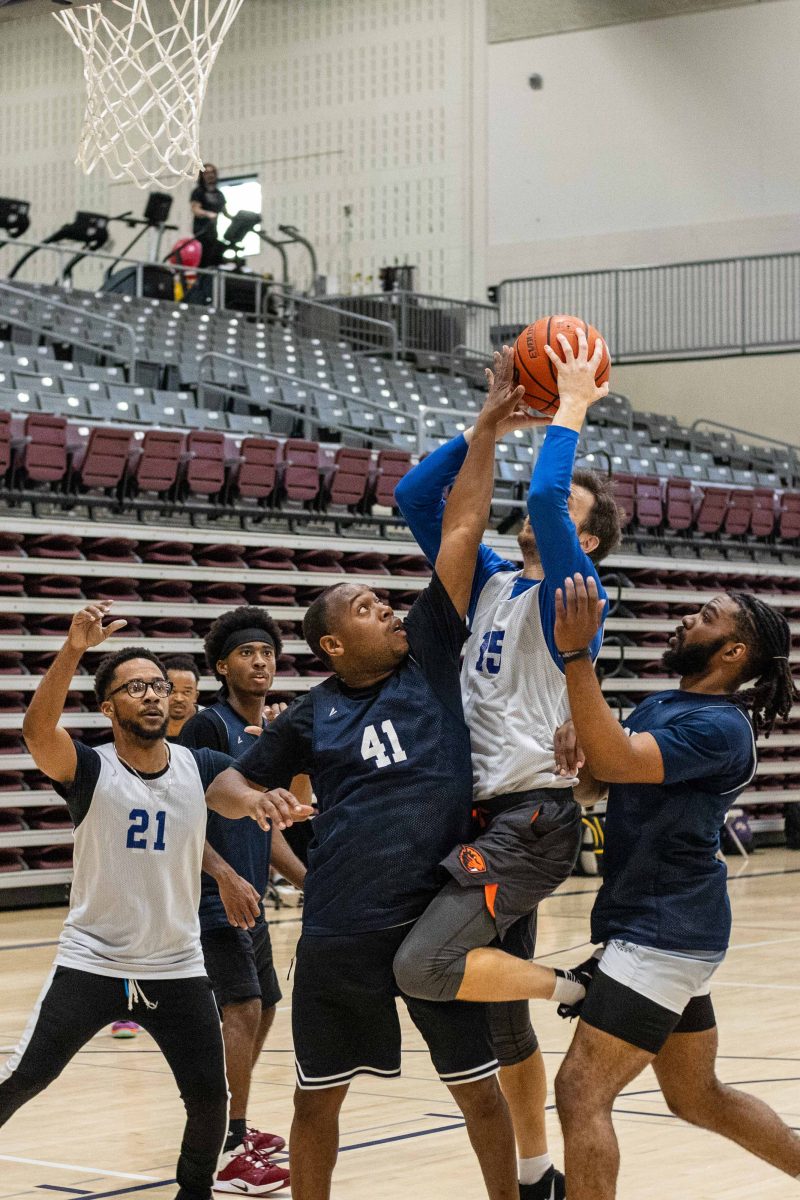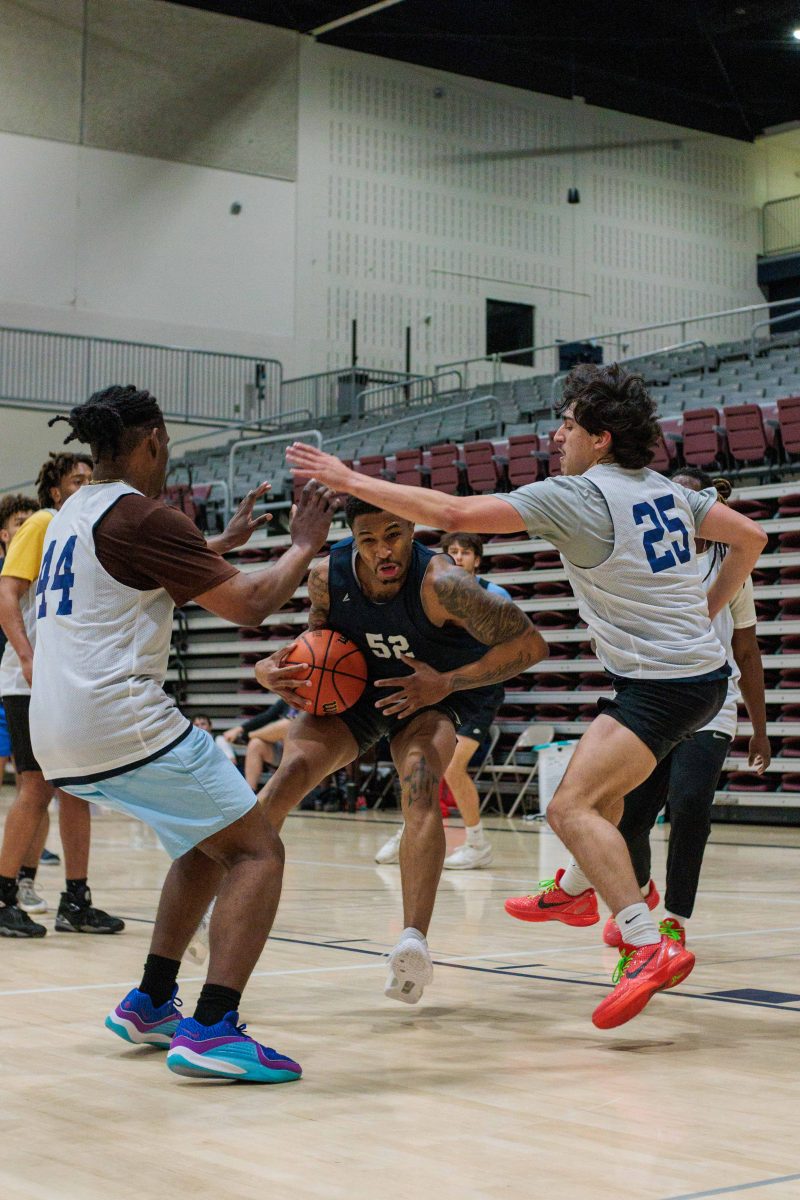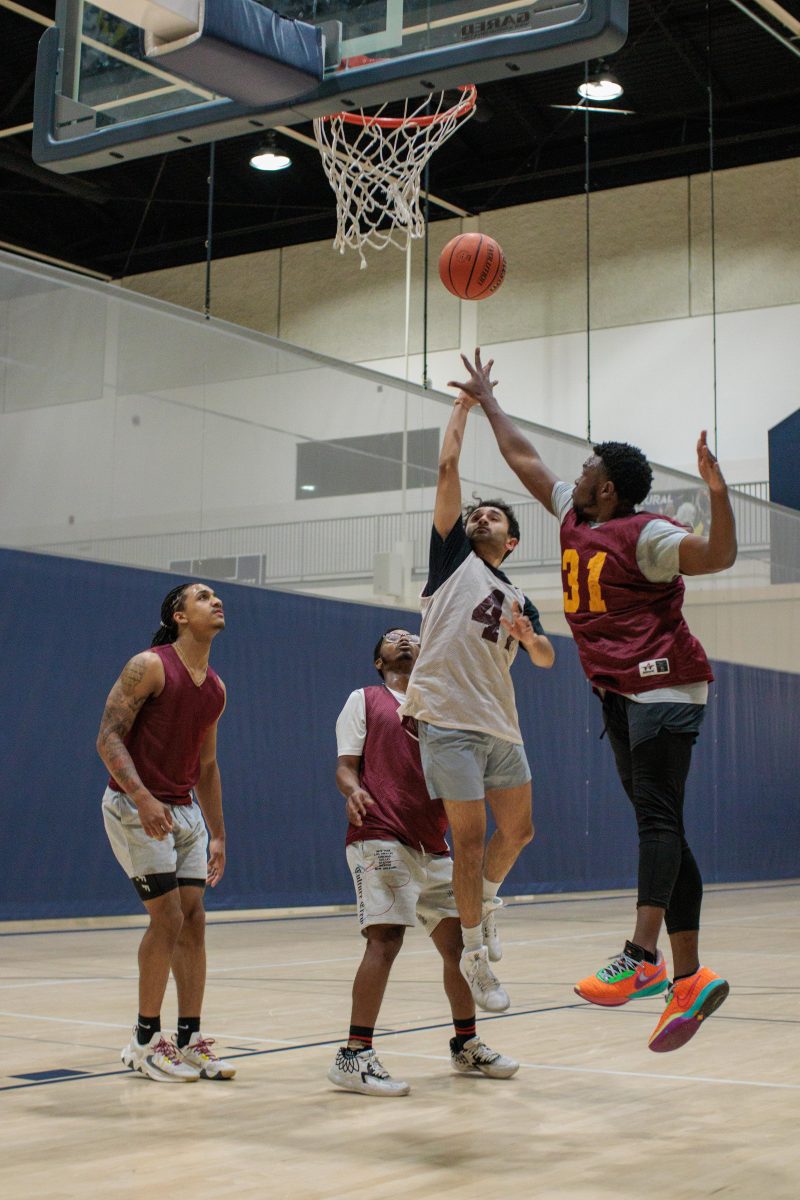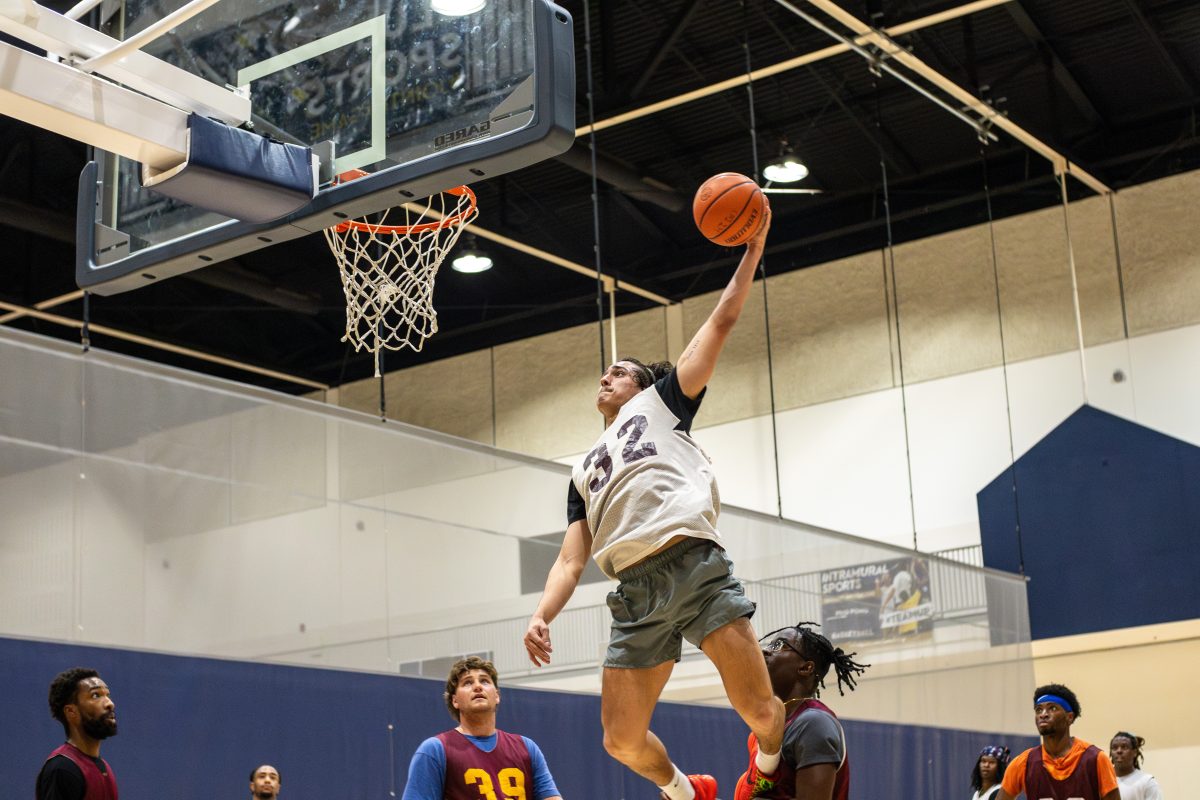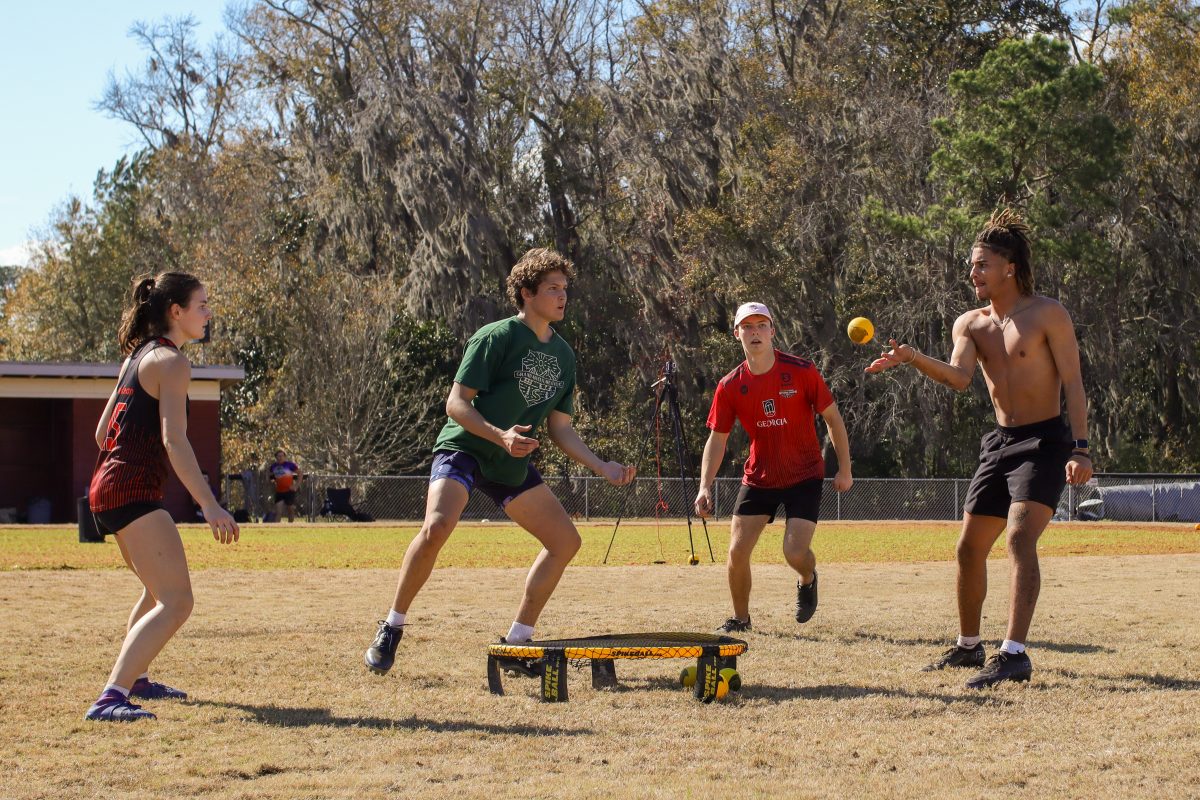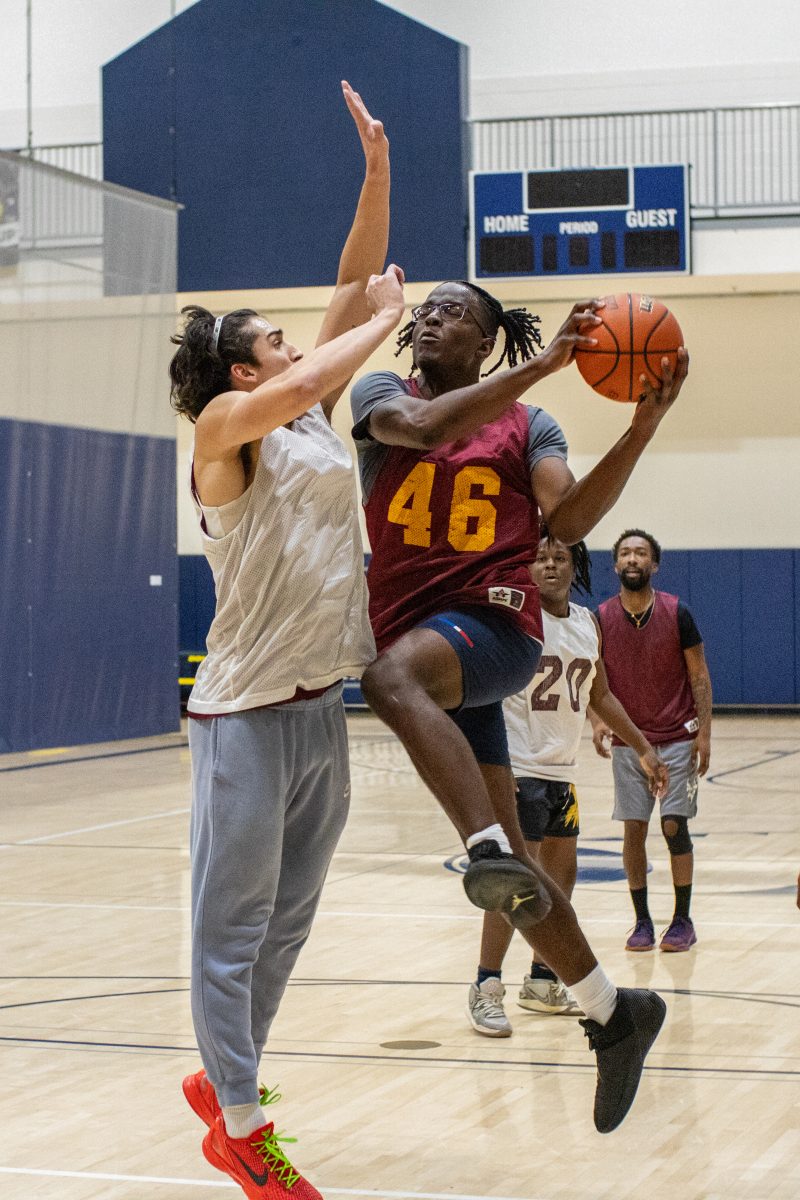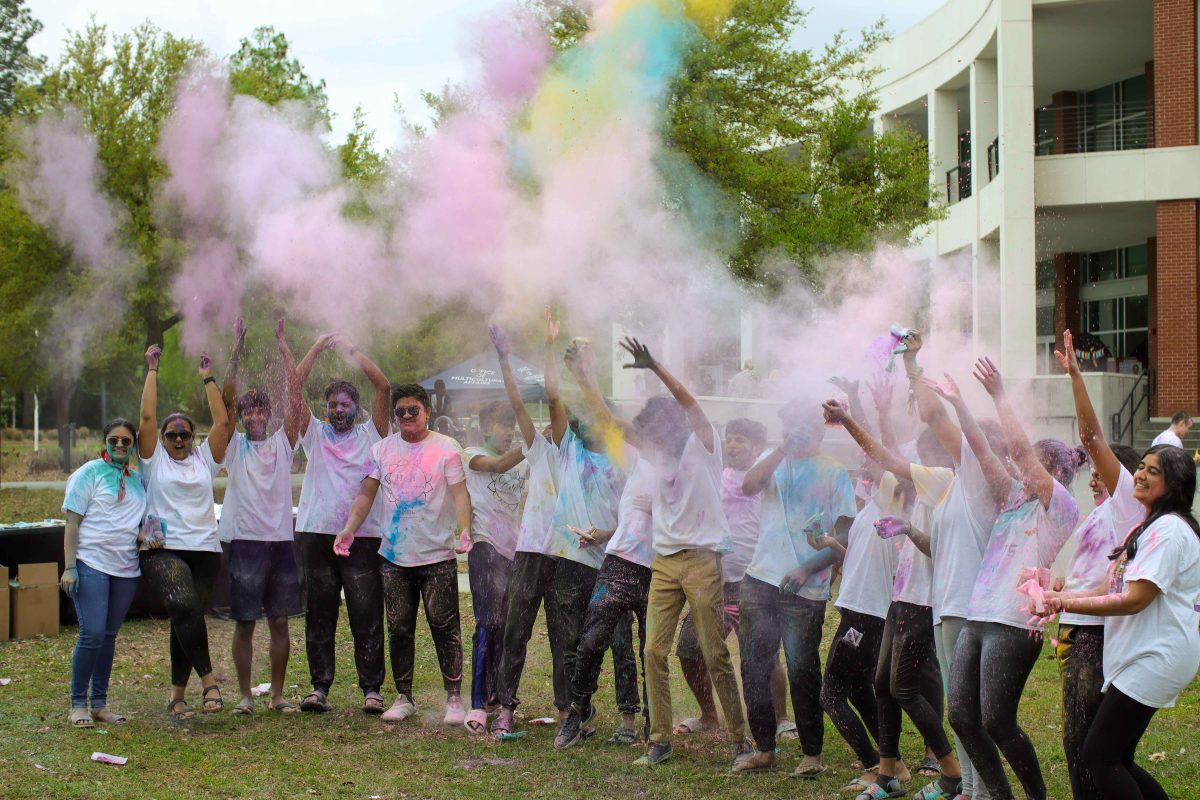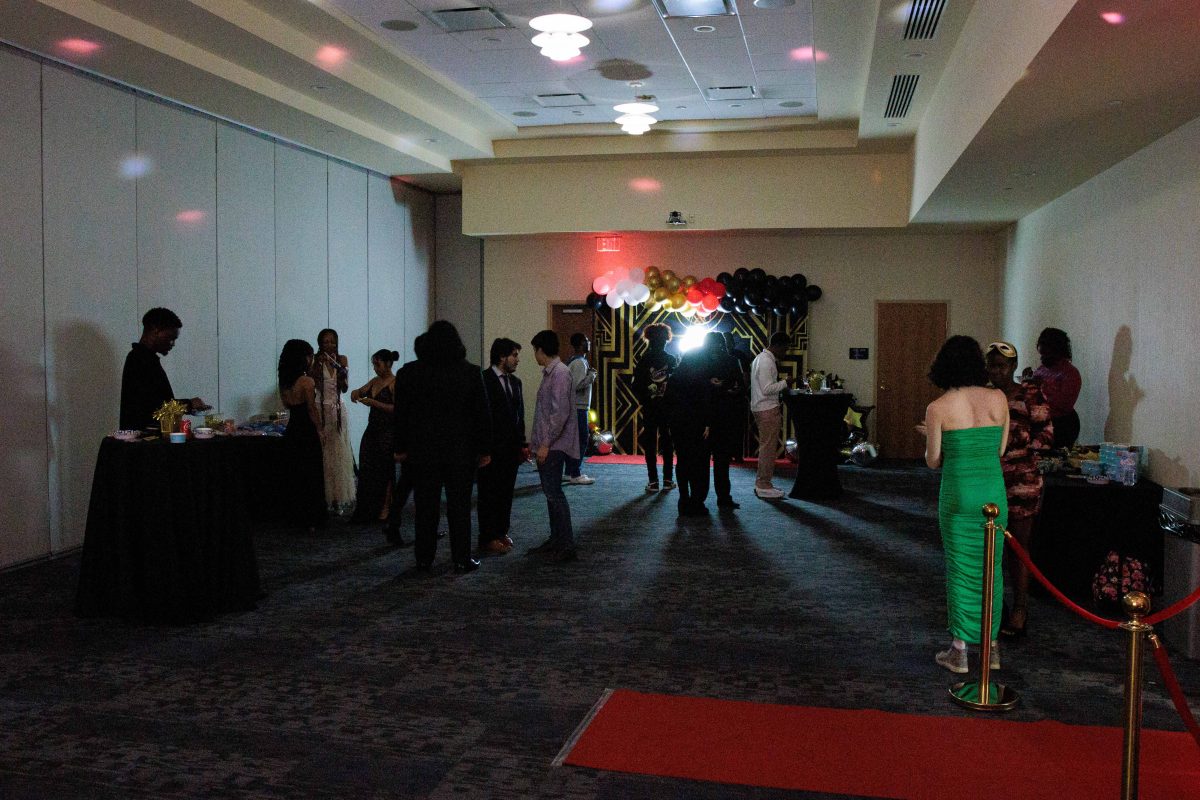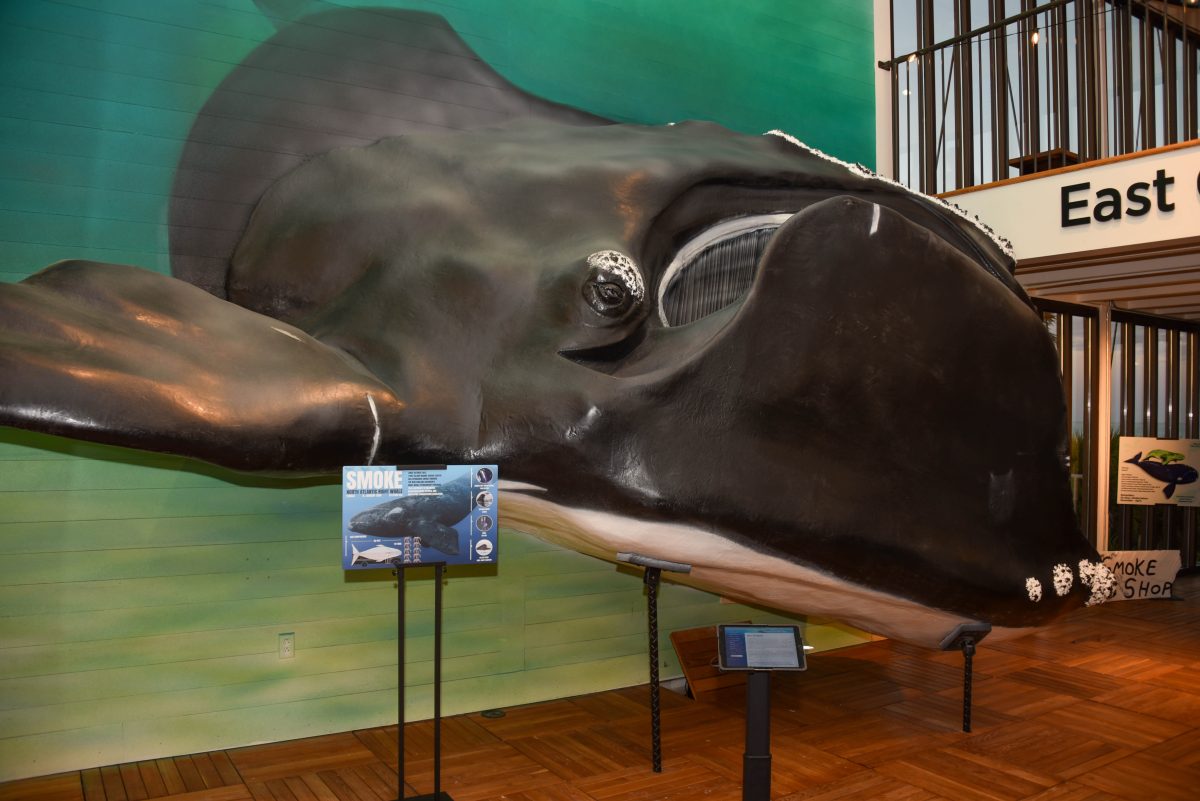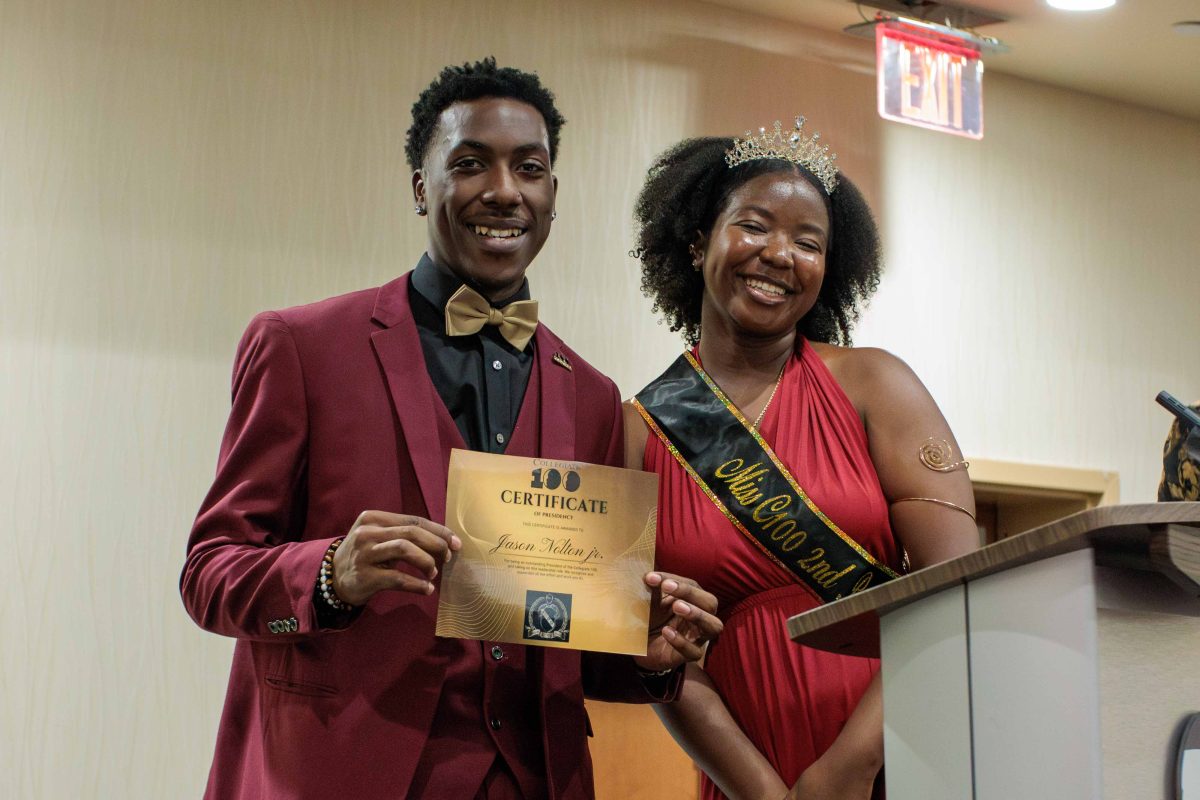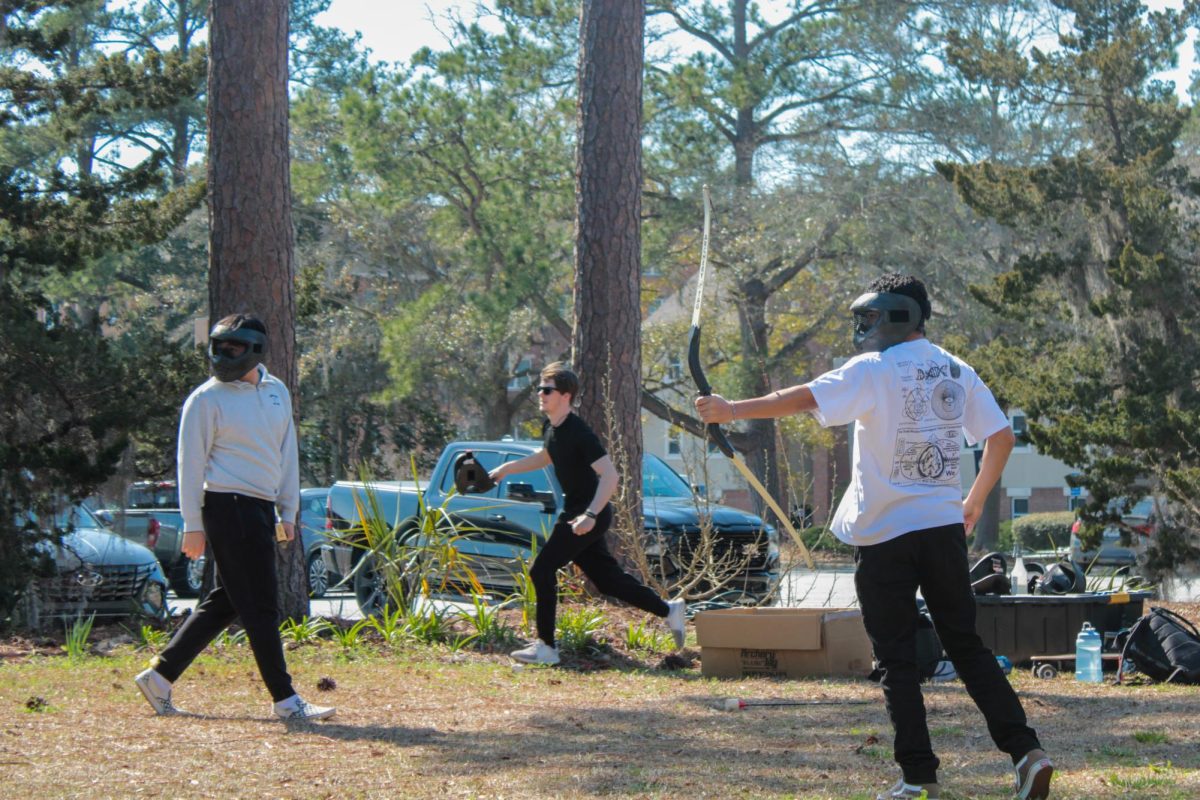by Lila Miller, Arts/Entertainment Editor
What happens when humanity is left with futile devices? What values are second nature? The Jepson Center of Telfair Academy Museums hosted this year’s Pulse Festival centered around art, technology, nature and how human interference works for and against societal and global change. The exhibitions feature work from the Telfair permanent collection, as well as contemporary work from artists nationwide. The two main exhibitions are titled “Machines of Futility: Unproductive Technologies” and TechSpace: Second Nature.” Works range from two dimensional pieces, installation works, and art that requires interactive participation or action from the viewer.
“Machines of Futility…” showcases several artists work as they grapple with a future world obsessed with productivity and technology. Their interactive and interpretive works poke fun at the usefulness of technological machinery both current and obsolete. For example, artist Neil Mendoza’s “Robotic Voice Activated Word Kicking Machine” spans a wall, showing tubes connected to a large projection screen. In the corner, a dismembered foot hangs out and ‘kicks’ irrelevant words away. The viewer speaks words of their choosing into the tube, the word is then depicted on the screen sailing across the wall, where some letters are kept in a bank and others are discarded. Mendoza utilizes the speech to text function found on most contemporary computers to subvert the viewer’s expectations as far as which words are deemed important enough to keep and which are not.
Mendoza’s “Anti-Vanity Mirror” offers social commentary on society’s self-obsession, as the viewer attempts to gaze into the mirror, it moves sideways. As the mirror moves back and forth, the viewer has to follow the mirror in order to see their image inside it.
Nearby, a large clear box is mounted to the gallery wall, filled with shiny pennies and holds a traditional metal crank attached to the side. It is Blake Fall-Conroy’s immersive work titled “Minimum Wage Machine” and serves as a comment on labor and the value of work and income. The machine requires the viewer to crank the machine continuously to “earn” the minimum hourly wage as mandated by local government in whatever city the work resides in at the time.
On another wall, Alicia Eggert’s installation of three clocks tick ceaselessly, side by side. After reading the marquee next to the work, it becomes apparent that the three clocks are part of one large work as each hand moves to form the word “now” in an “impossible attempt to visualize the present moment,” the PULSE website describes.
Adjacent to Eggert’s piece, stand three vintage voting machines from the 1950s and 1960s, detailing R. Luke Dubois’ exhibit, “The Choice Is Yours” Learning Machines #2 Image, #3 Sound and #4 Language. Dubois reconfigured the machines to serve as interactive sculptures each allowing the viewer to “vote” or control selections in audio or visual form, derived from artificial intelligence and machine-learning datasets. “The voting options offered by these machines… make us question the machines we rely on in our democratic process and the problematic nature of binary ‘this vs. that’ opposing choices” explains the marquee next to the works.
One floor below, the other half of the exhibition called “TechSpace: Second Nature” focuses largely on how technology can be used to understand more about the environment. This exhibition sheds light on climate change and humanity’s increasingly tense relationship with the natural world. One portion invites participants to don Virtual Reality headgear and become immersed in non-profit The Hydrous’ “Immerse VR” to dive into the beautiful and threatened coral reef ecosystems.
Another interactive piece is a video game by Ian Bogost called “A Slow Year” that allows players to experience the four seasons through play on an original Atari Video Computer System, complete with joystick. The piece encourages users to experience watching the sun rise while drinking a coffee, watching leaves fall in autumn, or napping by a flowing river. The game is also accompanied by a book of machine-generated haiku poems about the four seasons.
A final fan favorite would be Daniel Rozin’s “Sunset Mirror.” The piece uses an X-Box Kinect system to capture the viewers movements and shows the outline of the viewer juxtaposed with a sun rising or setting depending on whether the viewer moves towards or backwards from the screen.
Overall, the exhibitions inspire viewers to question society’s role in nature as well as how useful technology can really be. The exhibitions began January 23 and will run until July 12, 2020. Student tickets cost $15 and cover the admission for all Telfair Museums. For more information, please visit telfair.org.



